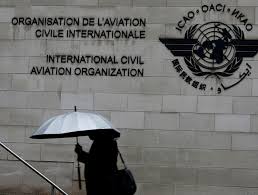Vietnamese Methods to Reduce Methane
Context
Vietnamese rice farmers are pioneering new methods to cut down on methane emissions.
Vietnamese Model of Rice Cultivation
Irrigation Methods: Vietnamese Rice farmers are adopting a water-saving irrigation technique called alternate wetting and drying (AWD). AWD reduces methane emissions because it keeps paddies moist but not constantly flooded, unlike traditional methods.
Using Drones: To save the labour costs they are opting drone technology.
Stubble Disposal: Once crops are harvested, he no longer burns the rice stubble — a major cause of air pollution in Vietnam. Instead, it’s collected by the Loc Troi Group for sale to other companies that use it as livestock feed and for growing straw mushrooms, a popular addition to stir-fries.
Rice Cultivation & Climate Change
Rice is a semi-aquatic plant cultivated in flooded fields, where it thrives under a layer of stagnant water.
This creates the ideal anaerobic conditions for bacteria to thrive on decomposing organic matter (mainly rice straw residue) and release methane.
Poor absorption by the rice plant of nitrogen-based fertilizers, often overused by farmers, leads to nitrous oxide emissions.
This phenomenon contributes significantly to global methane emissions, with rice production alone accounting for approximately 10% of these emissions worldwide.
-----------------------------------



.jpg)
.jpg)
.jpg)
.jpg)
.jpg)
.jpg)





